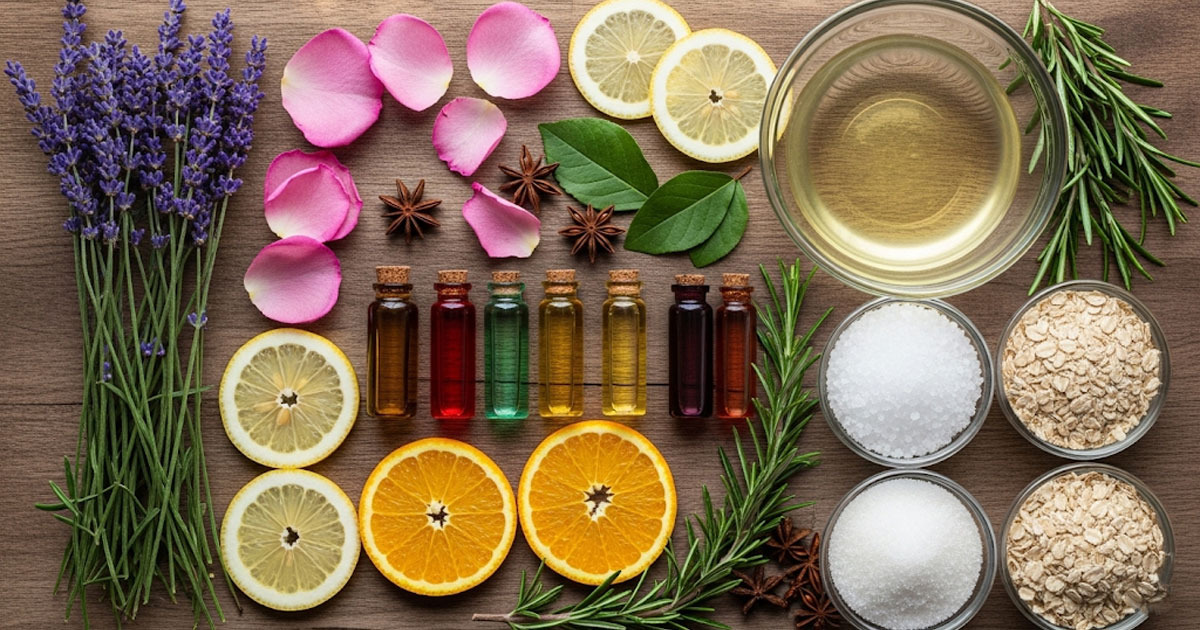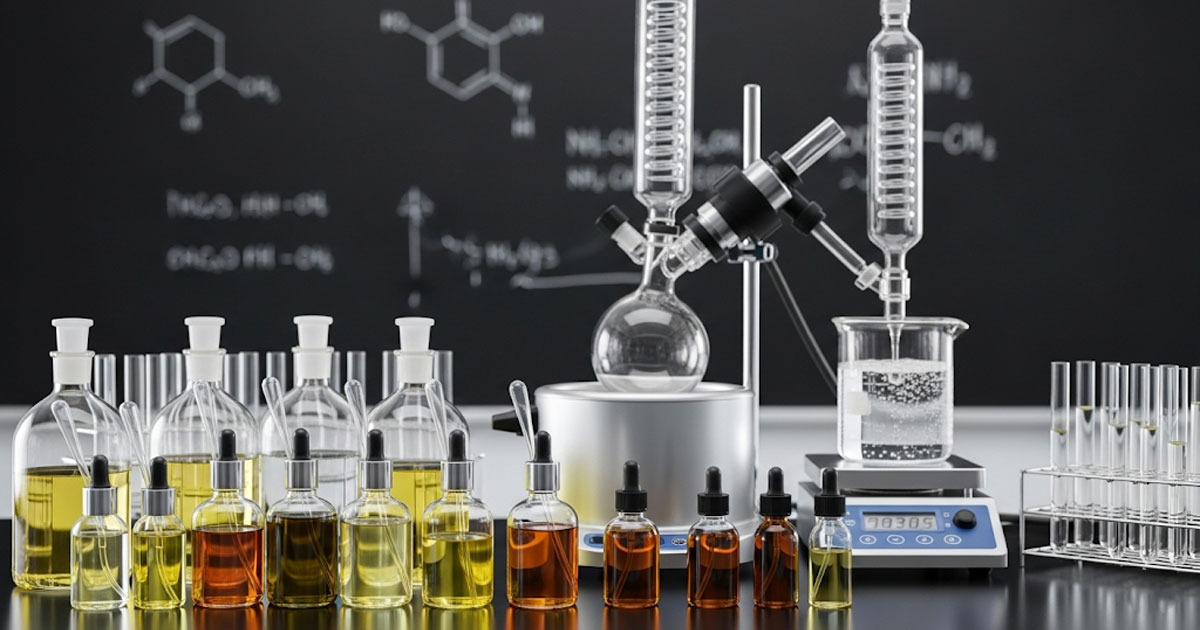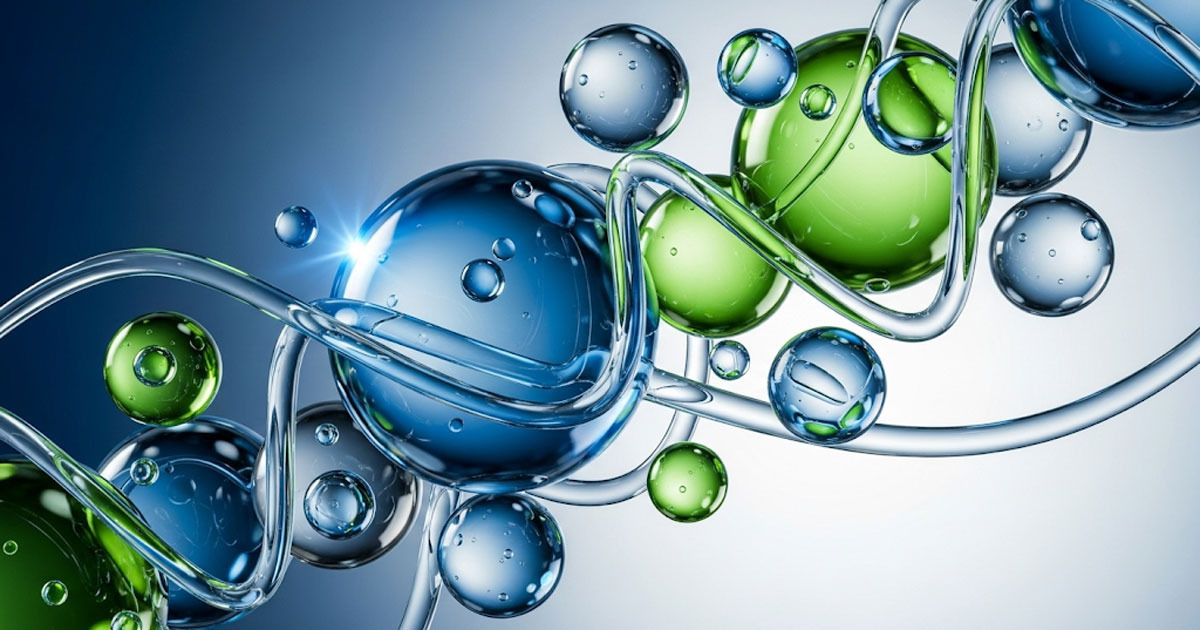The Journey of a Scent: Introduction to Custom Fragrance Development
In the competitive fragrance industry, a custom perfume isn’t just a luxury it’s a statement of brand identity. Whether for personal care lines, hotels, or fashion houses, the process of developing a signature scent requires meticulous planning, creative collaboration, and technical precision.
This article demystifies the entire journey, from the client’s initial idea to the final product delivered in bottles. Each stage of the custom fragrance development process contributes to the creation of a distinctive, market-ready product.
It involves not only perfumers but also evaluators, regulatory experts, packaging specialists, and marketers. The process is designed to translate abstract brand values and emotions into a sensory product that resonates with the target audience.
From the initial fragrance brief to final delivery, every decision impacts performance, compliance, and market appeal. The ability to deliver both artistic creativity and commercial viability is what separates a custom fragrance from mass-market offerings.
The Fragrance Brief: Where It All Begins
Understanding Brand Vision and Market Goals
The fragrance brief is a foundational document that guides the entire development process. Created during the initial consultation, this brief captures the client’s brand story, target demographic, usage scenario, preferred scent family, and budget parameters. It’s both a creative compass and a technical blueprint.
Successful briefs include specific sensory cues such as “fresh like morning rain” or “warm with amber undertones.” These cues help perfumers interpret abstract concepts into olfactory accords. Often, brands will provide mood boards, product inspirations, or competitor benchmarks to reinforce the direction.
This stage may involve in-depth market research, particularly for B2B clients seeking global distribution. Regulatory requirements, regional preferences, and price positioning must be considered from the outset to ensure the fragrance aligns with both creative and commercial goals.
Formulation and Olfactory Prototyping
Turning Concepts into Compositions
With the brief as a guide, the fragrance house begins developing several fragrance prototypes. Perfumers select raw materials from natural essential oils and synthetic aroma chemicals, balancing artistry and science. Multiple iterations are created, each offering a different interpretation of the brief.
Each prototype undergoes evaluation for intensity, longevity, evaporation profile, and harmony. Evaluation teams including both creative and technical experts assess the fragrance on blotters and in the intended base (e.g., alcohol, lotion, candle wax). This phase may take weeks to months, depending on the complexity of the brief and the client’s feedback cycle.
Stability testing is also initiated during this phase. The fragrance must perform consistently across temperature variations, light exposure, and over time. Only formulas that pass stability protocols move forward in the development process.
Regulatory, Manufacturing, and Final Packaging
From Lab Sample to Scalable Production
Once the final fragrance is selected, it undergoes regulatory compliance checks. Each region (EU, USA, Asia) has specific safety requirements. The formula must comply with IFRA standards, allergen declarations, and cosmetic or home care product regulations.
Parallel to regulatory approvals, production scale-up begins. Raw material sourcing is finalized, and batch reproducibility is validated. Manufacturing facilities blend, age, and filter the fragrance concentrate before it’s combined with the carrier (usually alcohol or oil) and packaged.
Packaging plays a vital role in delivering the full fragrance experience. Clients select bottles, pumps, caps, and labels that align with their brand aesthetics. Compatibility testing ensures the formula does not react with packaging components. Once cleared, the final product is filled, boxed, and prepared for market release.




